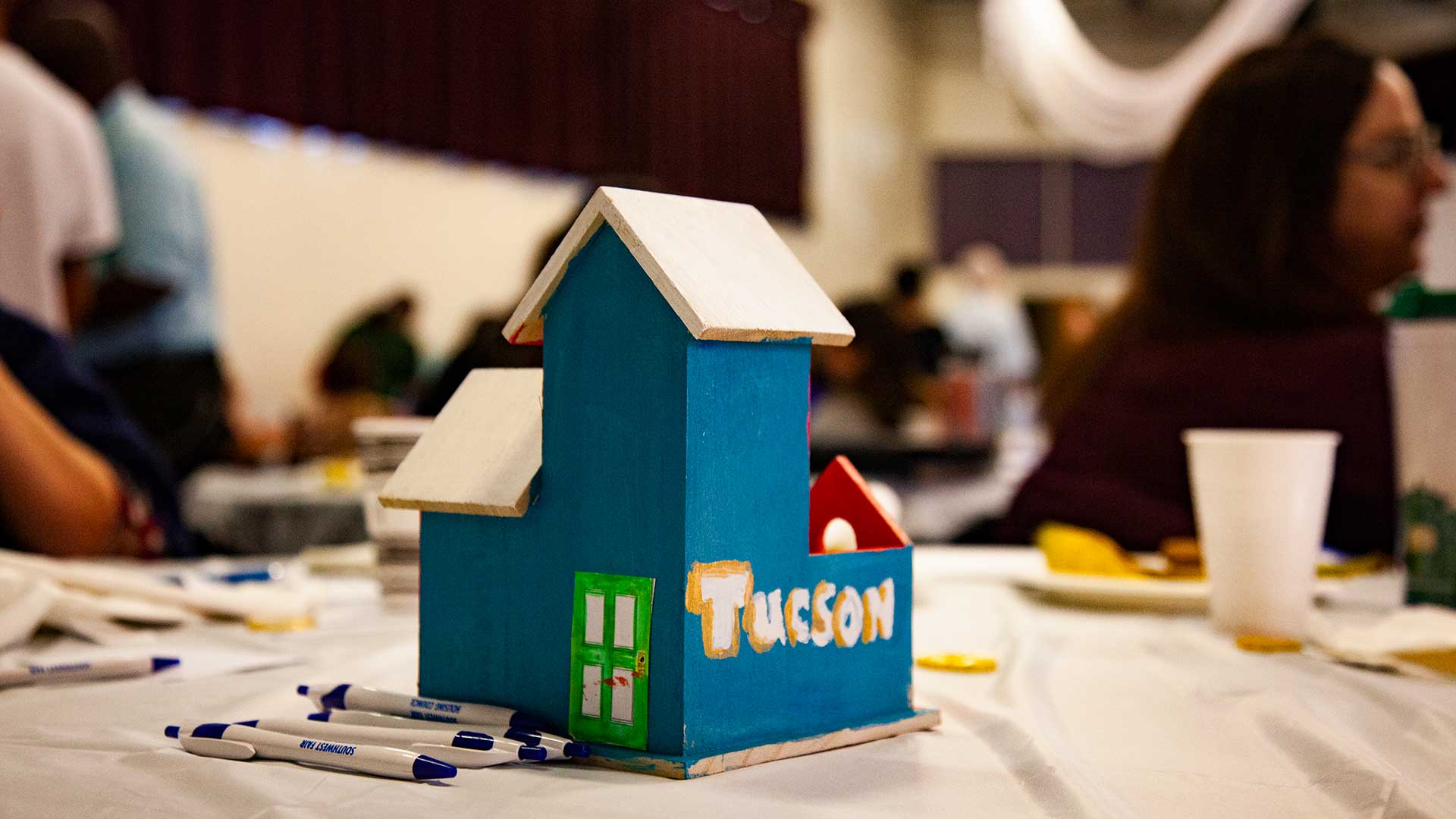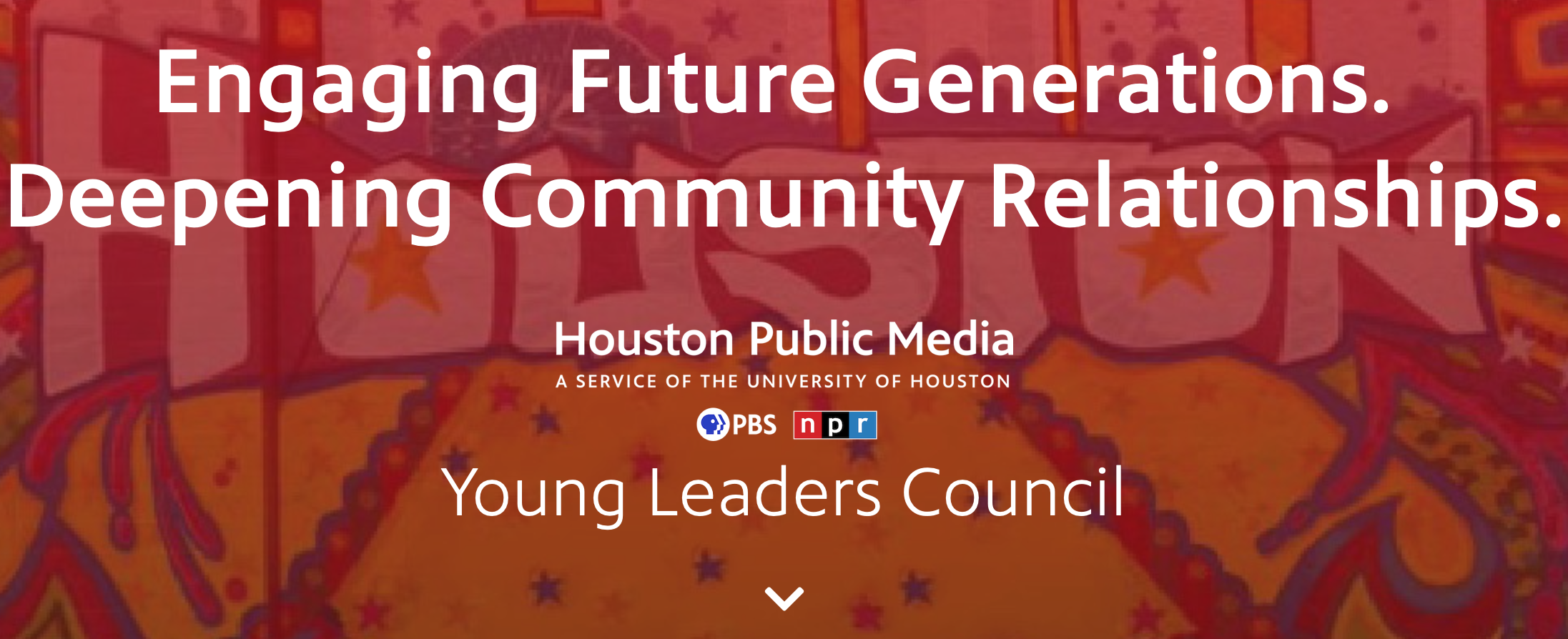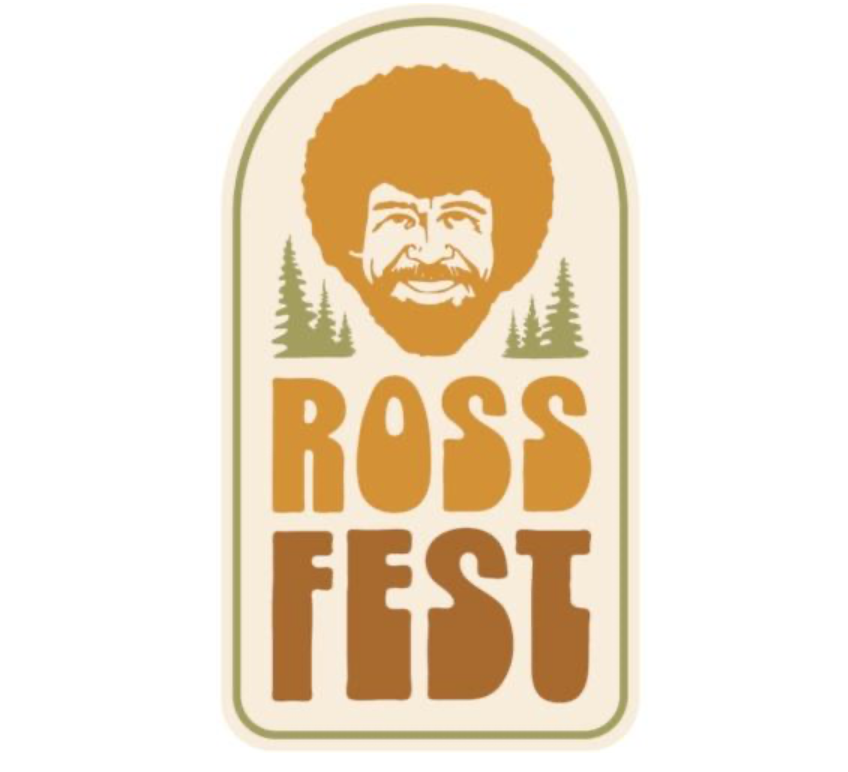Organization Type: Joint Licensee
- The Bay is a local KQED podcast about news and information relevant to the local community. The team has hosted several well-attended ...
- A recent survey showed 22% of Millennials “haven’t heard or are not sure if they have heard of the Holocaust.” Fifty-eight percent ...
- The KQED Media Literacy Academy program supports educators and students in building media literacy skills and practices. The Academy offers teachers a ...
- In the summer of 2019, Arizona Public Media published “Finding Home,” a radio news series focused on housing and issues of access, ...
- VPM's Instagram shares the story of Virginians who educate, entertain and inspire.
- In May 2018, Houston Public Media launched the Young Leaders Council with one overarching goal in mind: creating lifelong public media ambassadors. ...
- Ross Fest was organized by WNIN to celebrate painter and art instructor Robert Ross, the creator of The Joy of Painting. The ...
- KQED's MindShift newsletter reaches more than 100,000 teachers, principals, learning coaches, librarians and others in the education profession. In the spring of ...
- ¿Qué Pasa, Midwest? is a bilingual podcast that tells the stories of Latinx in the Midwest. Funded with support from CPB, the ...
- The Rapidian is an online platform for citizen journalism where community members can share positive stories about their neighborhoods and post calendar ...
- Ahead of Illinois’ April 2019 municipal elections WILL worked with three high school classrooms and 80 adult community members to develop local ...
- The "Only Here" podcast provides an intimate look at one of the world’s busiest border crossings, where San Diego and Tijuana meet. ...
- Catalyst Radio is the weekly public affairs radio program of the Grand Rapids, Michigan, Community Media Center. It features interviews with organizations ...
- "Eye on the Arts" is a half hour TV series that showcases a diverse range of local artists, artistic organizations, events and ...
- Modeled after NPR's Tiny Desk Concerts and KLRU/PBS's Austin City Limits, Small Studio showcases some of the best bands in Indianapolis, giving ...















